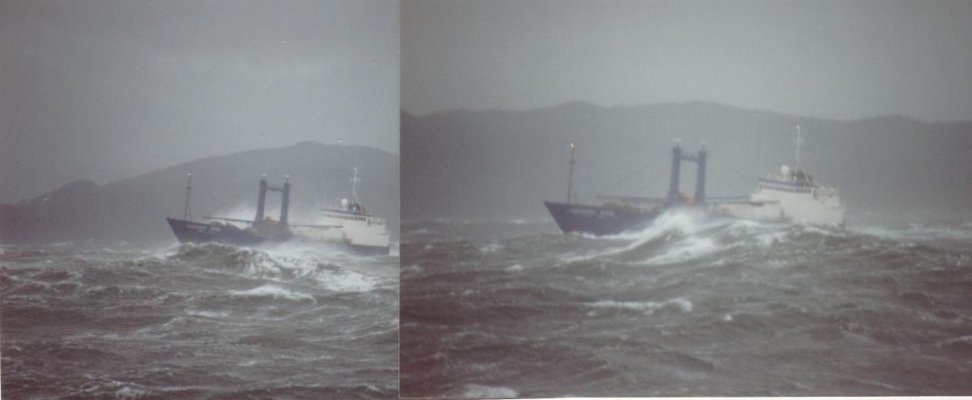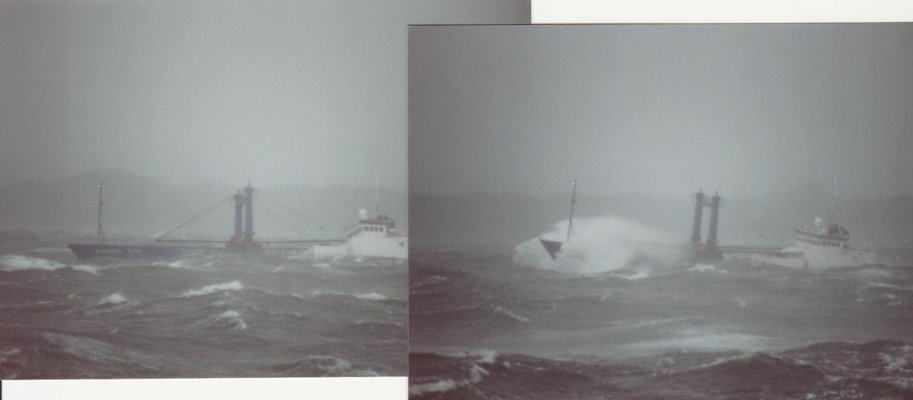mplangley
Veteran Member
Hello
I am a novice skipper on my Grand Banks 32. I am wondering what type of conditions give others pause. I typically only venture out on calm days biding my time until I have more experience. I find the boat is a bit more susceptible to wind than I had anticipated and has a bit more roll in the ocean also. I am used to sail boats where I have no fear (or much less fear) of being out in blustery conditions. With the GB though I find even smallish amounts of wind make it difficult for me to maneuver into my slip. I am also wondering how rough of a sea the vessel can handle or is that contingent more upon the skill of its skipper?
I would appreciate any advice on this and some good reading sources as well.
thanks
I am a novice skipper on my Grand Banks 32. I am wondering what type of conditions give others pause. I typically only venture out on calm days biding my time until I have more experience. I find the boat is a bit more susceptible to wind than I had anticipated and has a bit more roll in the ocean also. I am used to sail boats where I have no fear (or much less fear) of being out in blustery conditions. With the GB though I find even smallish amounts of wind make it difficult for me to maneuver into my slip. I am also wondering how rough of a sea the vessel can handle or is that contingent more upon the skill of its skipper?
I would appreciate any advice on this and some good reading sources as well.
thanks




